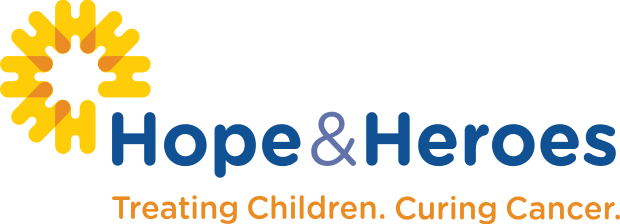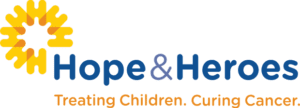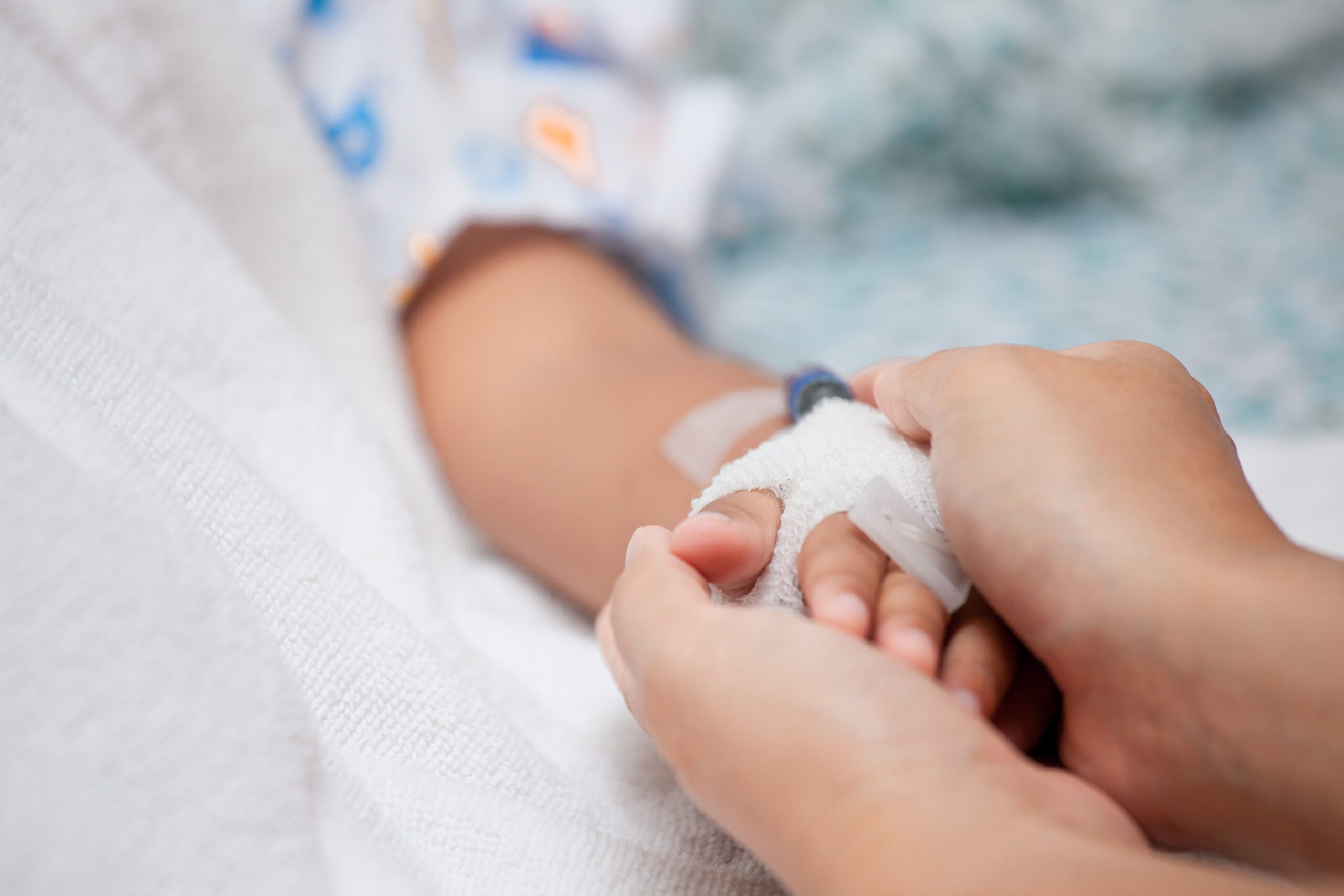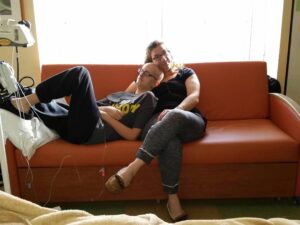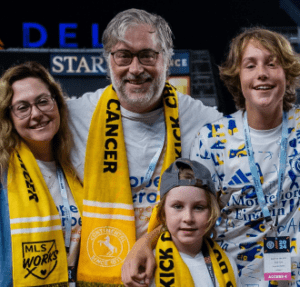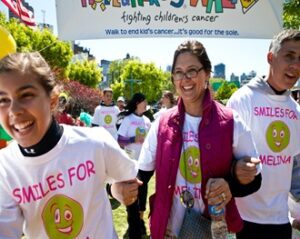Most people are surprised to learn that only 4% of federal cancer research funding is directed to childhood cancer. It’s a sobering statistic with real implications for children and families facing a diagnosis today.
Progress Is Real, But Challenges Remain
Survival rates have improved over the years. The 5-year survival rate for childhood cancer is now approximately 85%, representing thousands of lives saved.
But numbers don’t tell the full story. Many survivors face lifelong health complications from treatments designed decades ago, often for adults rather than children. And for some types of childhood cancer, outcomes remain alarmingly poor.
The Future of Treatment Is Promising
New advances are reshaping what is possible. Targeted therapies allow for more precise treatment with fewer side effects. Immunotherapy is opening doors to less toxic and more effective care. These developments offer hope but they still aren’t reaching every child.
Some of the rarest cancers, like DIPG (an aggressive brain tumor) and high-risk neuroblastoma, still have very limited treatment options and high relapse rates. Progress depends on research focused on children’s unique needs.
How Hope & Heroes Makes A Difference
This is why organizations like Hope & Heroes are vital. We fund treatment, research, and support that help children not just survive, but thrive.
Each year, Hope & Heroes supports more than 600 healthcare providers at seven leading pediatric cancer centers across the NY Tri-State area. Our work touches more than 1,000 newly diagnosed children each year — ensuring access to comprehensive care that addresses their medical, emotional, and financial needs.
Your Gift Brings Breakthroughs Within Reach
When you give to Hope & Heroes, you help move discoveries from the lab to the clinic and make treatment more manageable for families. Together, we can improve care, ease burdens, and deliver better outcomes for NY tri-state children with cancer or severe blood disorders.
Make a gift today at hopeandheroes.org — and help children and families get the care they need, when they need it most.
